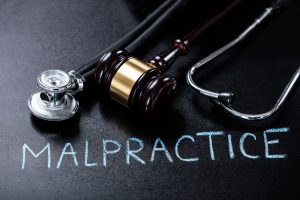Maryland Senate Bill 468 passed today in the Maryland Senate. It increases – from $10,000 to $20,000 – the maximum amount in controversy in a civil action in which a party may not demand a jury trial. Defendants would only be able to “bump up” cases between $20,000 and $30,000 from District Court to Circuit Court.
Any case pled in District Court for more than $10,000 can be bumped up to a jury trial. This practice, which is mostly done by insurance companies in personal injury car accident cases, leads to massive numbers of car accident cases before Maryland juries in cases that should be streamlined into District Court trials.
In fact, auto insurance companies are the problem in getting this bill passed; small businesses, for example, did not oppose this bill. Why are auto insurance companies opposed to this bill? It saves them legal costs to be sure. Is it because insurance companies get better results in front of juries than judges? No. The motive is much more nefarious: they want personal injury lawyers to spend time and resources in accident cases if the lawyers and their clients refuse the insurance companies’ below market settlement offers in smaller cases.
 Maryland Injury Law Center
Maryland Injury Law Center


